LED Bulbs - Energy-Saving Lights
Brighten Your World with LED Bulbs
Discover the perfect lighting solutions for your home and workspace with LED light bulbs from Ledsone. With a diverse range of LED bulbs featuring E27, E14, and B22 bases, Ledsone offers energy-efficient, long-lasting, and stylish options to suit all your lighting needs. Let’s dive into why these LED bulbs are the ultimate choice for modern lighting.
Why LED Bulbs Are Revolutionizing Lighting
In today’s world, where energy efficiency and sustainability are more critical than ever, LED bulbs are leading the charge in lighting innovation. If you're looking to upgrade your lighting solutions, LEDs are the perfect blend of cost savings, superior performance, and environmental responsibility. Let’s explore why LED bulbs are the ultimate choice for homes, offices, and beyond.
Why Choose LED Light Bulbs?
LED bulbs have transformed the lighting industry, offering unmatched efficiency and versatility. They use advanced semiconductor technology to produce bright, consistent light while consuming significantly less energy than traditional incandescent or fluorescent bulbs. Here’s why you’ll love them:
- Energy Savings: LED bulbs use up to 80% less energy, reducing your electricity bills.
- Longevity: With an average lifespan of 25,000+ hours, LED bulbs outlast traditional options.
- Eco-Friendly: LEDs are free of harmful chemicals like mercury and are recyclable.
- Customizable: Available in various color temperatures and brightness levels to match any ambiance.
Explore LED Bulbs by Base Type
E27 LED Bulbs
- Versatility and Popularity: The E27 base, also known as the standard Edison screw base, is widely used for general-purpose lighting.
- Applications: Perfect for ceiling lights, table lamps, and pendant fixtures in homes and commercial spaces.
E14 LED Bulbs
-
Compact and Decorative: The E14 base, or small Edison screw base, is ideal for smaller fixtures like chandeliers, bedside lamps, and accent lighting.
- Applications: Best suited for spaces requiring elegant and compact lighting solutions.
B22 LED Bulbs
- Secure and Reliable: The B22 base, or bayonet cap, is common in regions where a twist-and-lock mechanism is preferred.
-
Applications: Ideal for high-vibration areas and ceiling fixtures in both residential and outdoor settings.
- G4 LED bulbs are small bi-pin bulbs often used in under-cabinet lighting, accent lighting, and decorative fixtures.
- Their compact design is perfect for areas requiring subtle yet efficient lighting.
- G9 LED bulbs feature a looped pin base and are typically used in decorative or compact light fixtures like wall sconces and pendant lights.
- They deliver bright, focused light in a small form factor.
- Popular for spotlights and recessed lighting, GU10 bulbs feature a twist-and-lock mechanism.
- They are ideal for directional lighting, making them perfect for kitchens, bathrooms, and display areas.
Switching to LED bulbs is not just a trend; it’s a smart investment for your home, wallet, and the planet. With their unmatched efficiency, longevity, and versatility—including compatibility with popular base types like E27, E14, B22, G4, G9, and GU10—LED bulbs are lighting the way to a brighter, more sustainable future. Explore a wide selection of high-quality LED bulbs at LEDsone and find the perfect lighting solution for your needs today!

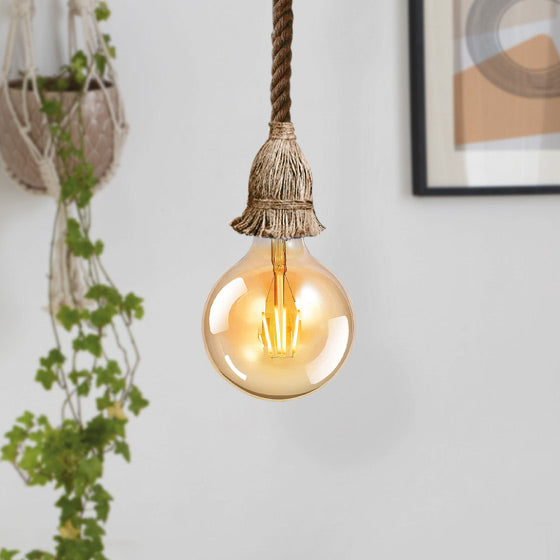




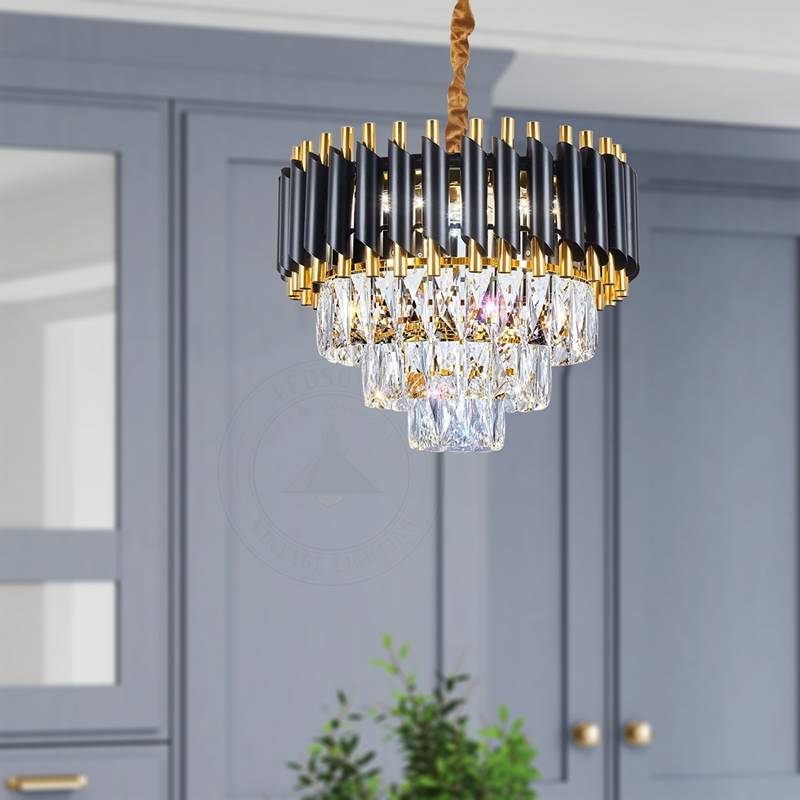


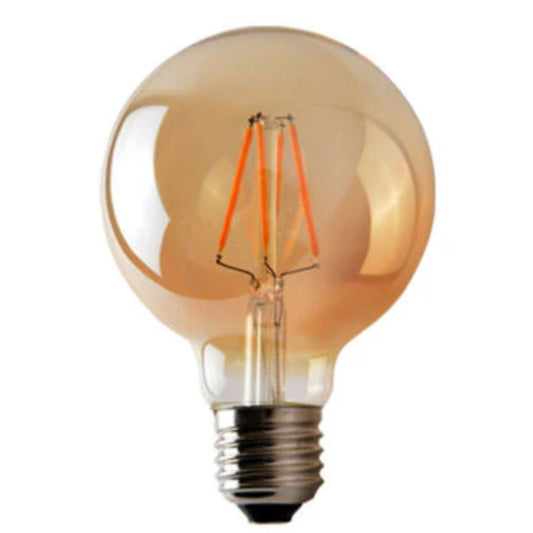
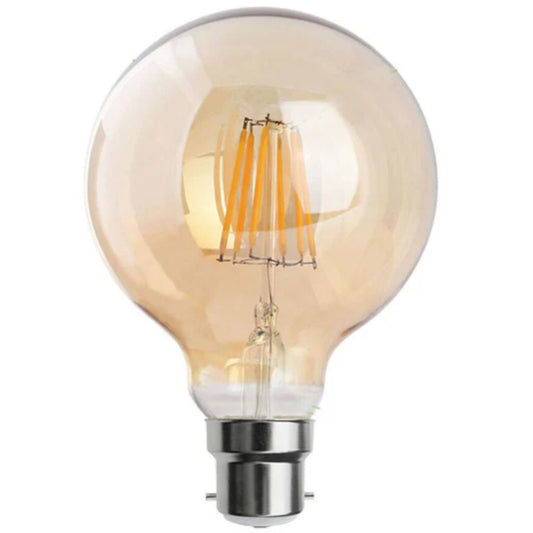
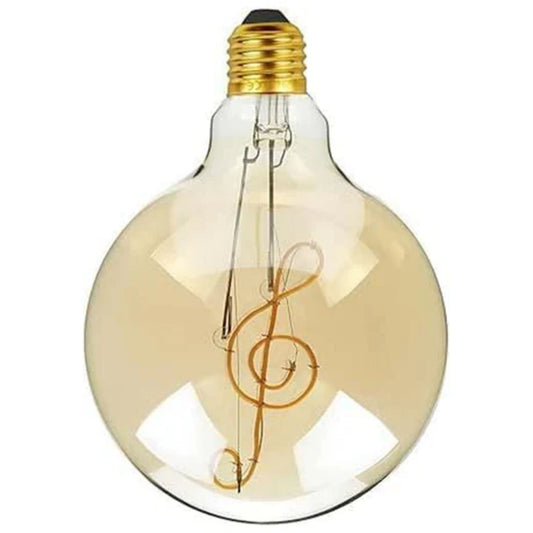


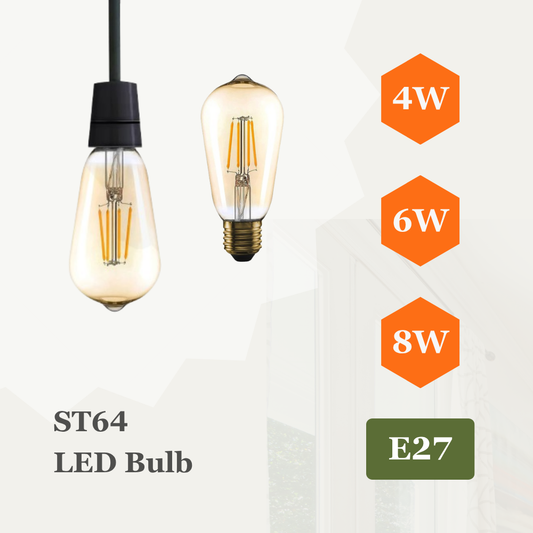

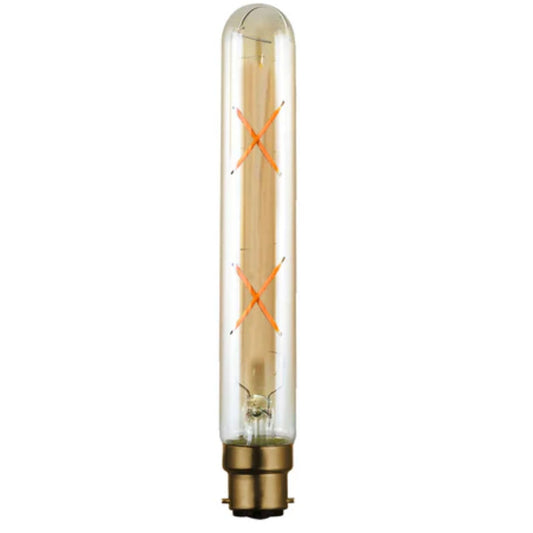









.png)






